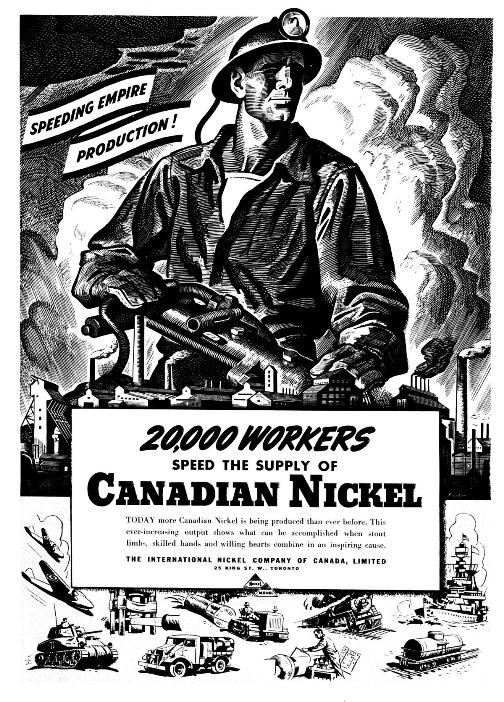http://www.nunatsiaqonline.ca/
Frank Tester’s new documentary premieres at the Inuit Studies Conference
It was the mid-1950s. Elizabeth Alareak had only just married her husband Edward Alareak when he was “summoned” to come and work at the Rankin Inlet nickel mine, among the first mines to operate in the Canadian Arctic, from 1957 to 1962.
“We didn’t understand what a mine was,” she recalled, laughing. “We simply agreed.” The Arviat elder, whose husband has now passed away, is one of the many voices featured in a new film documenting life at the mine and its impact on the region, called Beneath the Surface: Inuit miners at Rankin Inlet 1957-1962.
The film premiered Oct. 9 at the Inuit Studies Conference in St. John’s, Nfld. In the 1950s, the fox pelt market upon which so many Inuit relied for material goods had dropped so low that those who had made their living trapping could no longer survive that way.
























